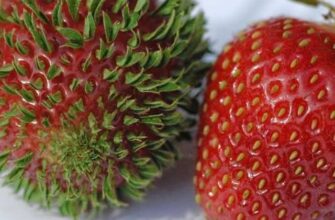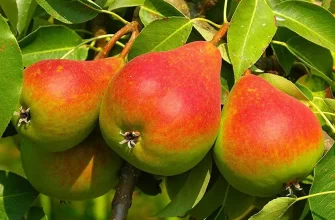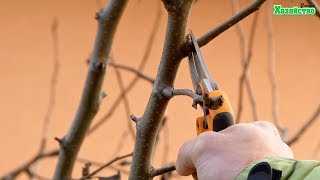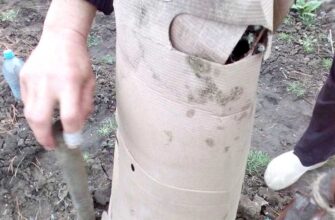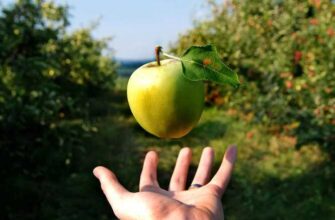- Яблоня — символ победы
- Яблоня — символ силы
- Яблоня — символ Славы
- Яблоня и история побед
- Яблоня и военные победы
- Яблоня в культуре победы
- Яблоня и символика победы
- Яблоня и мифы о силе
- Яблоня в сказках и легендах
- Яблоня — символ мужества
- Яблоня — символ патриотизма
- Яблоня и сила духа
- Вопрос-ответ:
- Что символизирует яблоня Слава Победителям?
- Какой исторический факт стоит за посадкой яблони Слава Победителям?
- Какие качества яблони Слава Победителям можно отнести к символу победы и силы?
- Какие еще символические значения может нести яблоня Слава Победителям?
- Видео:
- 265. хотите КРУПНЫЕ ЯБЛОКИ…
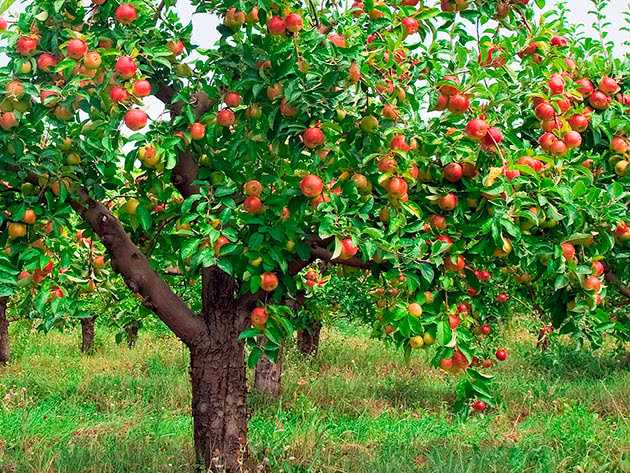
Яблоня Слава Победителям — это не просто дерево, оно стало символом победы и силы. Во время Великой Отечественной войны, яблони на полях битвы выживали и процветали, давая надежду и поддержку солдатам. Победа над фашистской Германией стала настоящим подвигом для нашей страны, и яблоня стала её символом.
Яблоня Слава Победителям ассоциируется с победой и силой, так как она не только пережила тяжелые испытания во время войны, но и продолжала приносить плоды. Её яблоки символизируют не только победу, но и жизнь, восстановление и процветание после тяжёлых времен. Яблоня Слава Победителям — это не только символ войны, но и символ мира и благополучия.
Яблоня Слава Победителям стала местом памяти воинов, которые сражались и победили во имя родины. Вокруг этого дерева собираются люди, чтобы возложить цветы и почтить память о погибших. Яблоня служит напоминанием о жертвах, сделанных во имя победы и свободы. Она вдохновляет нашу нацию быть сильной и единой, поддерживать мир и побеждать во всех испытаниях.
Яблоня — символ победы

Яблоня — древнейший символ победы, который на протяжении веков сопровождает победителей в различных сферах жизни. Благодаря своей красоте и силе, яблоня стала метафорой победы и достижений.
Яблоня ассоциируется с победителями благодаря своей способности выживать в самых сложных условиях. Она преодолевает холода зимы и цветет весной, символизируя возрождение и победу над природными препятствиями. Эта стойкость и устойчивость делают яблоню идеальным символом для отображения победителей.
Яблоня также символизирует победу в культуре и искусстве. В различных мифологиях и сказках яблоня часто выступает как символ силы, мудрости и победы. Она изображается как древо, под которым находится сокровище или благословение, которое достается только тому, кто достоин и смело побеждает различные испытания.
Яблоня, как символ победы, также используется в военных традициях и геральдике. Ее изображение может быть использовано на флагах, эмблемах или медалях, чтобы отметить победу и достижения. Яблоня становится своего рода знаком признания и почести для тех, кто смог достичь успеха и победить в сложных ситуациях.
В заключение, яблоня является мощным символом победы и силы, который сопровождает победителей и достижения на протяжении многих веков. Ее красота, устойчивость и символическое значение делают ее идеальным выбором для отображения победителей в различных сферах жизни.
Яблоня — символ силы
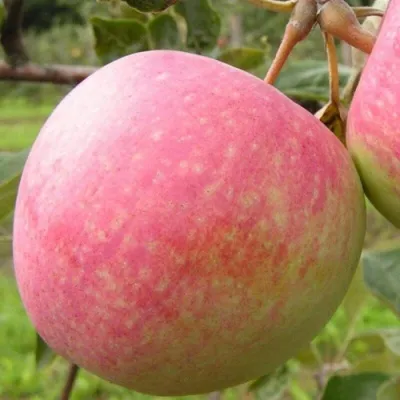
Яблоня — древнеславянский символ силы и победы. Это древнее дерево, обладающее уникальной энергией и способностью преодолевать трудности. Слава яблони связана с ее способностью выживать в самых неблагоприятных условиях и продолжать расти и плодоносить даже после сильных бурь и холодов.
Яблоня — символ силы и выносливости. Ее корни глубоко проникают в землю, укрепляя ее и делая устойчивой к внешним воздействиям. Ветви яблони гибкие и грациозные, способные выдержать сильные ветра и не сломаться. Яблоки на ветвях символизируют плодородие и изобилие, которые достигаются только через силу и упорный труд.
Яблоня также ассоциируется с победой. Ее плоды — яблоки — являются символом победителей и чемпионов. В древности яблоки дарили победителям соревнований, чтобы пожелать им дальнейших побед и силы. Чтобы привлечь удачу и силу, древние славяне посаживали яблоневые саженцы рядом с домами и во дворах.
Яблоня — символ Славы

Яблоня — это древнейший символ, который ассоциируется с победой и славой. В разных культурах и религиях яблоня считается священным деревом, имеющим особое значение.
В античной мифологии яблоня была связана с героем Гераклом, который получил золотые яблоки с Благовонных садов Гесперид. Эти яблоки символизировали бессмертие и были одним из его великих подвигов, что принесло ему славу и победу.
В средневековой Европе яблоня была символом победы и славы в битвах. Воины носили плоды яблони на шлемах и щитах, чтобы привлечь удачу и победить своих врагов. Это был знак силы и богатства, который вызывал трепет и уважение.
В русской культуре яблоня тоже имеет особое значение. В народных сказках и песнях она часто упоминается как символ победы и славы. Например, в песне «Калинка-малинка» мальчик побеждает злого волшебника с помощью яблоневых палочек. Это показывает, что яблоня — не только символ победы в битвах, но и силы духа и настойчивости.
Таким образом, яблоня продолжает быть важным символом победы и славы в разных культурах и эпохах. Ее мощь и красота вдохновляют людей к достижению своих целей и победе над трудностями.
Яблоня и история побед
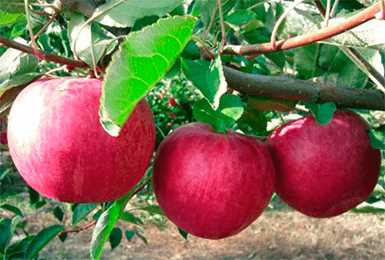
Яблоня, как символ победы и силы, имеет древние корни в культуре различных народов. В истории многих народов яблоня стала символом победы и славы победителей.
В древнерусской мифологии яблоня была священным деревом, которое символизировало победу и мужество. Она считалась древом богатства и благополучия. Во многих легендах и сказках герои сражались под яблоней и получали силу и победу от этого священного дерева.
В античной мифологии яблоня также имела высокий символический статус. В греческой мифологии яблоня была связана с богиней Афиной, символизирующей воинскую доблесть и победу. А в римской мифологии яблоня ассоциировалась с богиней Венерой, богиней любви и победы.
В северных мифологиях яблоня была символом победы и славы в битвах. В скандинавской мифологии яблоня Идунна являлась деревом бессмертия, даровавшим богам вечную молодость и силу. Она была сложной метафорой победителей и их долголетия.
В исторических событиях яблоня также играла важную роль. Например, во время Второй мировой войны в СССР возникло множество легенд и историй о яблонях, которые росли на полях сражений и стали символом победы. Эти деревья стали местом памяти и уважения к погибшим героям и символом борьбы за свободу. Яблоня стала связующим звеном между прошлым и будущим, символизирующим победу и силу духа.
Яблоня и военные победы
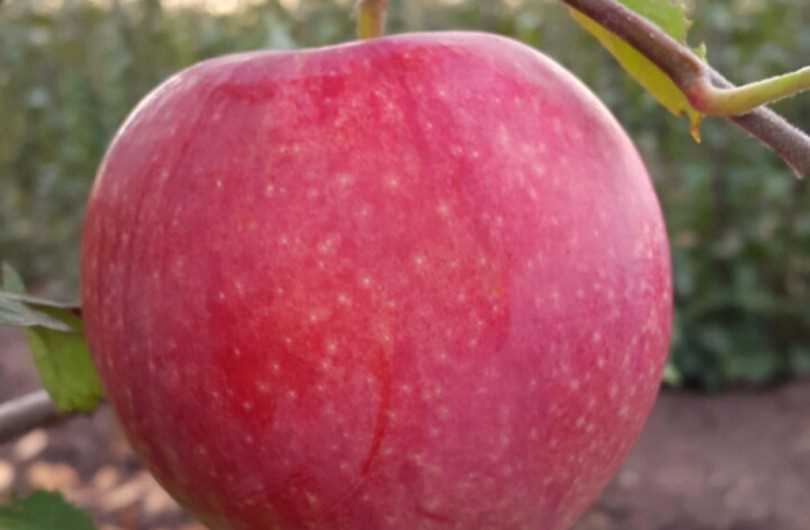
Яблоня – символ победителям и славы, военные победы и силы. Это древнейший символ победы, который имеет глубокие корни в нашей истории. Яблоневые сады и аллеи с яблонями часто сопровождают памятники победителям и воинам, воспевая их подвиги и героизм.
Яблоня – это не только красивое дерево с ароматными плодами, но и символ силы и мужества. Ветви яблони символизируют победителей – героев, которые своими подвигами принесли славу своей стране. Яблоневые сады часто становятся местом памяти и уважения к военным победам. Здесь люди могут отдать дань уважения и почтить память тех, кто сражался и победил во имя свободы и мира.
Яблоня – символ вечной памяти о победителях и славы. Ее плоды, со своей сочностью и сладостью, символизируют радость победы и силу, которую приносит победа. Яблоневые сады – это места, где можно почувствовать себя частью истории, проникнуться героическим прошлым и передать эти чувства будущим поколениям. Символично, что яблоня – это дерево, которое живет долгие годы, поэтому она становится символом вечной памяти и славы.
Яблоня в культуре победы
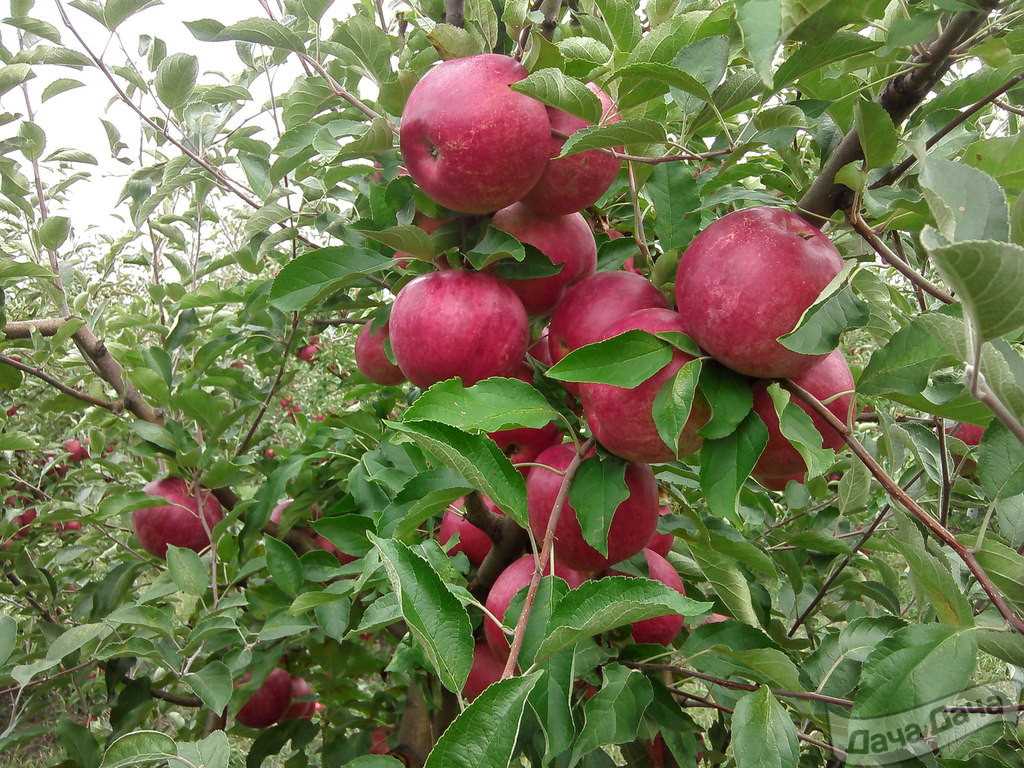
Яблоня — это не только плодовое дерево, но и символ победы и силы. Она ассоциируется с победителями, истинными героями, которые смогли преодолеть все препятствия и достичь своей цели.
В различных культурах яблоня имеет особое значение. Например, в древних славянских верованиях яблоня символизирует победу над врагом и защиту от зла. Во многих народных сказках и легендах яблоня является символом силы, мудрости и благополучия.
Так стоп!!! Вы всё ещё не подписаны на наши каналы в Телеграмм и Дзен? Посмотрите: ТГ - (@historyfantasydetectivechat) и Дзен (https://dzen.ru/myshortsstorys)
Яблоня также часто упоминается в литературе и искусстве, где она служит символом победы и достижений главных героев. Например, в романе «Война и мир» Л.Н. Толстого яблоня становится свидетелем многих событий, символизируя победу русского народа в войне против Наполеона.
Яблоня также является символом победы в спорте. Например, в России существует традиция высаживать яблони в честь победителей олимпийских игр. Это символизирует не только достижения спортсменов, но и силу их духа, которая помогла им одержать победу.
В заключение, яблоня — это не только дерево, но и символ победы и силы. Она ассоциируется с победителями и героями, которые смогли преодолеть все трудности и достичь своих целей. В различных культурах яблоня играет особую роль и символизирует победу над врагом и защиту от зла. Она также часто упоминается в литературе и искусстве, где является символом победы и достижений главных героев. В спорте яблоня также является символом победы и силы спортсменов.
Яблоня и символика победы
Яблоня, особенно сорт «Слава победителям», стала символом победы и славы для многих народов. Это древнее дерево считается одним из самых сильных и устойчивых, что делает его идеальным символом победы.
Сорт «Слава победителям» выращивается во многих странах и используется в различных церемониях и празднованиях, связанных с победами. Его ярко-красные плоды символизируют силу и энергию, а также напоминают о кровопролитии во время войн.
Это дерево также ассоциируется с победой благодаря своей долговечности и стойкости. Яблоня может расти много лет, преодолевая все трудности и преграды. Это символизирует настойчивость и силу духа, необходимые для достижения победы.
Яблоня и мифы о силе

Яблоня — символ победы и силы, которая проникает в мифологию различных народов. В славянской мифологии, яблоня была священным деревом, которое олицетворяло силу и богатство. Она считалась домом богини Лады, которая властвовала над любовью, красотой и плодородием.
В скандинавской мифологии яблоня также имела особое значение. Валгалла, место, куда попадали павшие воины, украшалось яблоневыми деревьями. Яблоки с этих деревьев давали воинам бессмертие и силу, чтобы продолжать сражаться в битве.
В кельтской мифологии яблоня была символом молодости и вечной жизни. Яблоневые сады Авалона считались местом, где царица Моргана Ле Фэй вела свою волшебную практику и заботилась о своих воинах.
В древнегреческой мифологии яблоня ассоциировалась с Гераклом, героем, обладающим невероятной силой. Ему было поручено сорвать золотые яблоки с яблоневого дерева, охраняемого драконом Ладоном.
Слава яблони как символа силы продолжает жить и в настоящее время. Во многих культурах она ассоциируется с победой и мужеством. Яблоня — это не просто дерево, это символ, который вдохновляет и придает силу тем, кто верит в его мощь.
Яблоня в сказках и легендах
Яблоня — одно из самых популярных растений в сказках и легендах. Она часто выступает в роли символа жизни, красоты и магии. Во многих историях она изображается как волшебное дерево, способное исполнять желания и приносить удачу.
Слава яблони в сказках связана с ее плодами — яблоками. Эти сочные и ароматные плоды символизируют изобилие и плодородие. Часто яблоня в сказках является местом, где герои находят силу и вдохновение для своих подвигов.
В легендах яблоня также имеет особое значение. Она считается древом мудрости и долголетия. В древних мифологических поверьях яблоня связана с богиней любви и красоты, которая управляет судьбой и счастьем людей. Ее плоды считаются даром от богов и символизируют благополучие и процветание.
Яблоня в сказках и легендах отражает важные жизненные ценности и принципы. Она напоминает о необходимости верить в себя, преодолевать трудности и стремиться к достижению целей. Яблоня — это символ победы и силы, который вдохновляет героев и помогает им преодолеть все преграды на своем пути.
Яблоня — символ мужества
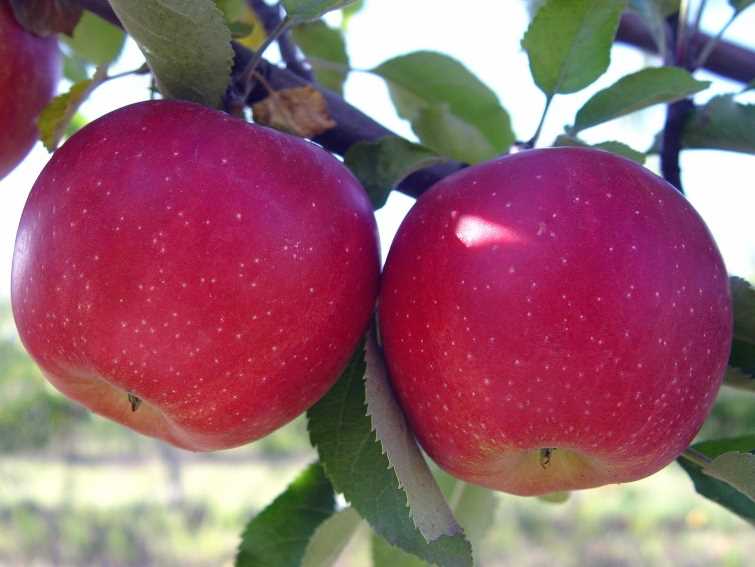
Яблоня, с многовековой историей, служит символом мужества и силы. Ее плоды, яблоки, являются не только источником питательных веществ, но и символом победы и славы.
Многочисленные легенды и исторические события связаны с яблоней. Она сопровождала победителей на поле битвы, давала им силы и отражала их славу. Яблоня стала своего рода амулетом, который приносил счастье и защищал воинов.
Символика яблони пронизывает нашу культуру и искусство. Ее изображения можно найти в литературе, живописи, скульптуре. Она всегда ассоциируется с мужеством, силой и победой.
Яблоня — символ патриотизма

Яблоня, прославленная победами и силой, стала неотъемлемым символом патриотизма. Ее плоды, яблоки, наполняют нас энергией и вдохновляют на подвиги, связанные с защитой родины.
Яблоня Слава Победителям стала свидетелем многих исторических событий, сопровождавших победу нашей страны. Ее ветви, украшенные наградами, символизируют силу и мощь России.
Яблоня, как символ патриотизма, славит победителей и героев, которые отстояли свою родину во время войн и конфликтов. Ее цветы и листья становятся знаками уважения и памяти, которые мы несем в наших сердцах.
Яблоня, как символ патриотизма, напоминает нам о важности единства и поддержки. Как дерево, корни которого крепко взаимосвязаны с землей, мы должны быть объединены в стремлении к миру и процветанию нашей родины.
Яблоня и сила духа
Яблоня — символ победы и силы духа, которая всегда ассоциировалась с героическими подвигами и победами. В истории многих народов яблоня была удостоена особого почитания и служила своеобразным талисманом победителей.
Слава, которая сопровождает яблоню, связана не только с ее красотой и плодородием, но и с символическим значением этого дерева. Яблоня — это не только символ победы, но и символ силы духа, упорства и настойчивости.
Яблоня, подобно победителям, сражается с препятствиями и трудностями, преодолевает испытания и преграды. Она выносит холода зимы, непогоду и суровые условия, но весной она снова расцветает и радует своими яркими цветами и сочными плодами.
Таким образом, яблоня стала символом победы и силы духа, воплощением настойчивости и упорства, которые ведут к успеху и достижению целей. Она напоминает нам о том, что необходимо быть сильным и не сдаваться перед трудностями, чтобы одержать победу.
Вопрос-ответ:
Что символизирует яблоня Слава Победителям?
Яблоня Слава Победителям символизирует победу и силу. Ее название само по себе говорит о том, что яблоня посажена в честь победителей, которые принесли славу своей стране. Это дерево стало символом почтения и уважения к героическому подвигу людей, отдавших свою жизнь за Родину.
Какой исторический факт стоит за посадкой яблони Слава Победителям?
Яблоня Слава Победителям была посажена в честь 75-летия Победы в Великой Отечественной войне. Это было олицетворение памяти о героических событиях и победе советского народа над фашистской Германией. Посадка яблони была символичным и глубоким жестом, напоминая о подвиге победителей и их превосходстве над врагом.
Какие качества яблони Слава Победителям можно отнести к символу победы и силы?
Яблоня Слава Победителям обладает несколькими качествами, которые можно отнести к символу победы и силы. Во-первых, это ее жизненность и выносливость — яблоня способна выживать даже в трудных условиях. Во-вторых, ее плоды, яблоки, символизируют жизнь и плодородие. И, наконец, яблоня отличается красотой и эстетическим видом, что делает ее символом гармонии и совершенства.
Какие еще символические значения может нести яблоня Слава Победителям?
Яблоня Слава Победителям может нести и другие символические значения. Например, она может быть символом вечной памяти и уважения к погибшим воинам. Также яблоня может символизировать единство и солидарность народа, его сплоченность и силу. Кроме того, она может быть символом надежды и возрождения, указывая на то, что даже после трагических событий жизнь продолжается и приносит новые плоды.

